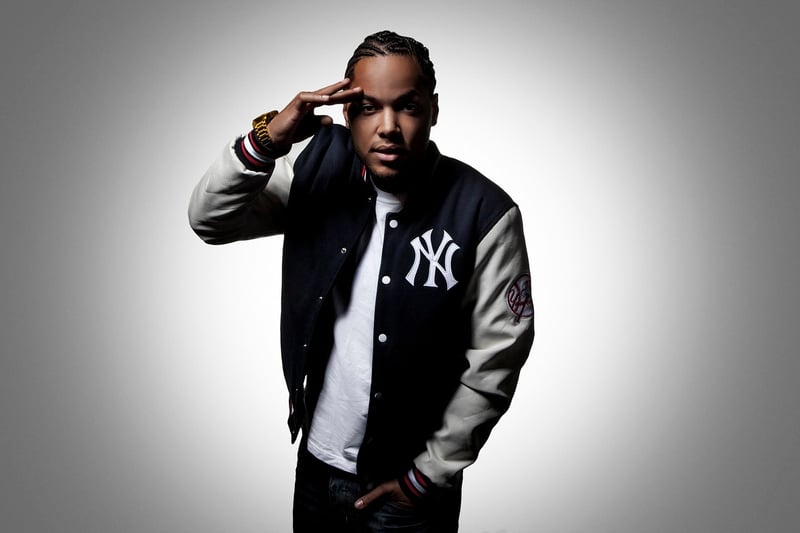Hip Hop
Exploring the Fusion of Expressive Movement Forms and Hip Hop

When it comes to dance, the fusion of expressive movement forms with Hip Hop has created a dynamic and captivating art form that resonates with audiences worldwide. This unique blend combines the fluidity and emotion of expressive movement with the high-energy, rhythmic elements of Hip Hop, resulting in a style that is both visually striking and culturally significant.
The Roots of Expressive Movement Forms
Expressive movement forms encompass a wide range of dance styles that focus on conveying emotion and storytelling through movement. These forms often prioritize fluidity, grace, and the ability to communicate complex narratives without words. Ballet, contemporary dance, and jazz are among the traditional forms that fall under this category, with each style bringing its own set of techniques and expressions to the table.
The Evolution of Hip Hop
Hip Hop, on the other hand, emerged from the streets of New York City in the 1970s and quickly grew into a global cultural phenomenon. Rooted in African American and Latino communities, Hip Hop encompasses not only dance but also music, art, fashion, and social activism. Its signature moves, such as breaking, popping, and locking, are characterized by their sharp, rhythmic execution and expressive flair.
The Fusion of Styles
When expressive movement forms meet Hip Hop, the result is a powerful fusion that blends the technical precision and emotional depth of traditional dance with the boldness and raw energy of street dance. Dancers exploring this fusion often experiment with new ways of moving, challenging conventions, and pushing boundaries to create innovative choreography that captivates audiences and pushes the art form forward.
Embracing Diversity and Inclusivity
One of the most compelling aspects of combining expressive movement forms with Hip Hop is its ability to embrace diversity and inclusivity. This fusion welcomes dancers of all backgrounds, styles, and experiences, encouraging them to bring their unique perspectives to the dance floor and celebrate the rich tapestry of human movement and expression.
Conclusion
As the worlds of expressive movement forms and Hip Hop continue to intersect and influence each other, dancers are presented with endless possibilities for creative exploration and artistic collaboration. This fusion not only pushes the boundaries of dance but also serves as a testament to the power of movement as a universal language that transcends cultural divides and connects people from all walks of life.
Embrace the fusion of expressive movement forms and Hip Hop, and witness the magic that unfolds when tradition meets innovation on the dance floor!
